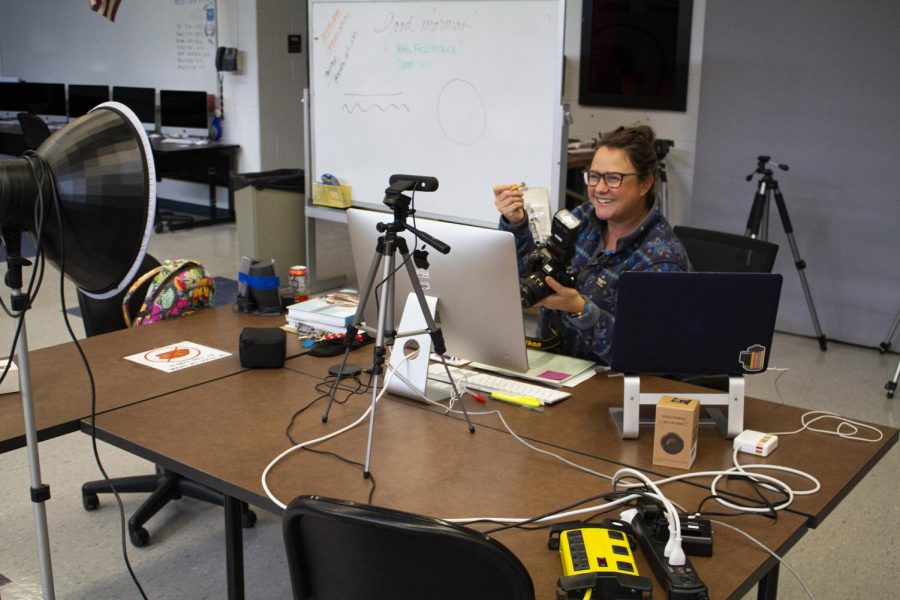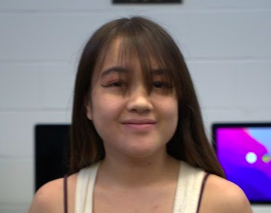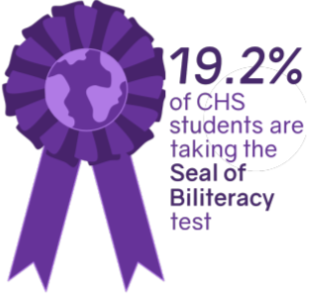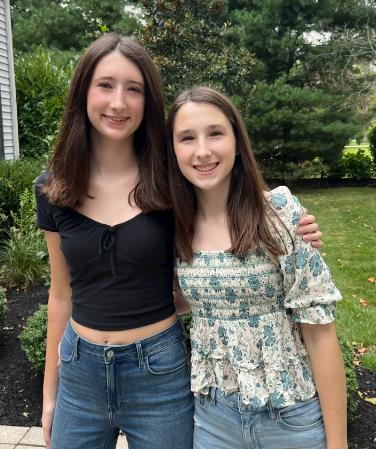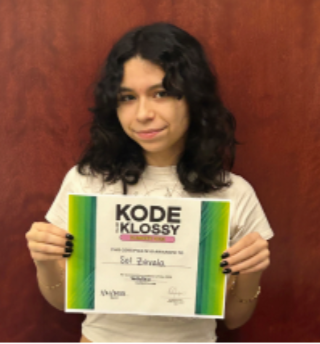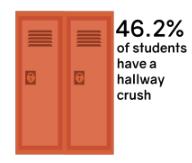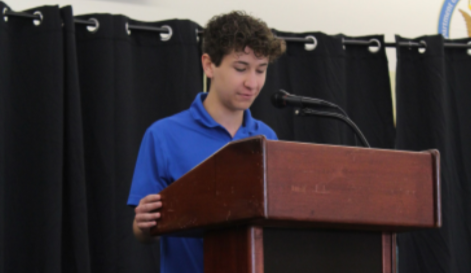School year preparation becomes a teachable moment
Photography teacher Amanda Fitzpatrick describes the parts of a camera during a virtual lesson on Sept. 18. Most CHS teachers are using Webcams and broadcasting virtually from their classrooms through at least the beginning of October.
October 9, 2020
With the Monmouth County Vocational School District facing a virtual start to the year, many teachers are finding ways to make online learning more engaging, aiming to bridge the gap between virtual and in-person instruction as best they can.
“Readjusting current projects and activities that were always successful in class to an online and/or hybrid platform will be a challenge but I am looking forward to figuring out how to manage it,” said US history teacher Sharyn O’Keefe.
O’Keefe spent her summer working with social studies educators along the east coast in the HistoryQuest fellowship, designing new assignments for their students.
“We collaborated on designing game-like learning activities for our classrooms,” O’Keefe said. “I am so excited to implement my first game into US II in the beginning of the semester.”
English II teacher Emily Crelin has also utilized the summer break to expand upon her knowledge of the opportunities virtual learning presents.
“I’ve trained myself in a few different online learning tools that I’m excited to implement in my classroom,” said Crelin. “I participated in professional development that really inspired me to share with my students. I also spent time over the summer looking for a variety of new material to teach and amp up some of my units.”
Despite the benefits online learning may have, the complete elimination of in-person and instruction for the time being poses disadvantages to both teachers and students.
“It was easier to take an established class and move to remote because we already knew each other and had routines that we could just translate into a remote setting,” said advanced biology teacher Leah Morgan. “This I am finding more difficult because it will be harder to establish connections with the students from a distance and harder to introduce material for the first time.”
Crelin added, “It’s hard to replicate what happens in a classroom setting, but I want to make sure that I am still providing my students with all the tools they are going to need. To me, that means taking things day by day and being patient.”
In spite of the uncertainty the new year holds, Crelin and Morgan are choosing to maintain a proactive outlook, using what is provided to make the best of it.
“I think the biggest challenge is going to make every day different and engage students. Sitting at a table and staring into a computer screen doesn’t come close to the interaction that you can have in the classroom,” said Crelin. “As a teacher, I really miss that interaction. I miss that collaboration between teachers and students. But I’m very excited to get started and dive in.”
“I know that the CHS community will rise to any challenge before it and that the teachers and students will do an amazing job,” Morgan said. “We will not move as quickly and things may not run as smoothly but we will be stronger for the challenge we face and we will make some memories in the process.”



